You can read the court's opinion here.
In the smallest nutshell I can manage, Invenergy built a couple of wind farms and applied under Sec. 1603 to receive a grant of 30% of its costs to build the wind farms, in lieu of taking the Production Tax Credit. Keep in mind that this is YOUR tax money the government was doling out under the American Recovery and Reinvestment Tax Act of 2009.
The bigger Invenergy's cost to build the wind farm, the higher its 1603 grant. One subsidiary of Invenergy charged the subsidiaries building the wind farms a "development fee." For one farm, it was $50M. For the other it was $60M. This "development fee" was added to the total cost of the wind farm. Well, the government decided Invenergy was not entitled to a grant for the full 30% of the development fee and paid it a lesser amount. Invenergy decided to sue the U.S. Government to collect the entire grant it felt it was due.
Except those "development fees" didn't smell right to the court. The fees were added on after the development was finished, and the fees were very non-descriptive and didn't detail the services Invenergy performed before they performed them. It's like Invenergy performed the services and then after the fact came up with a nicely round number of how much those services cost.
To add further funk, the "development fees" were a sham transaction, according to the courts. The amount of the development fees made a circular trip through Invenergy affiliate bank accounts in one day, and ended up back where it started. Did money really change hands? Or was it just transferred around to make it look like it changed hands? Did the affiliates really PAY Invenergy those development fees, when Invenergy gave them the money to pay the fees with? Invenergy to affilate and then back to Invenergy. The affiliate paid nothing, but the cost of those payments were added to the cost of the wind farm and the amount of grant Invenergy thought it was due.
The court did not believe the "development fees" were real and therefore Invenergy was not due to receive 30% of them back. Let's see... 30% of $110M is $33M. Invenergy wanted $33M of your tax dollars for creating an after the fact "development fee" and transferring money around in a circle.
For its trouble, Invenergy has to give back the rest of the money it wasn't entitled to, and pay the government's costs to participate in Invenergy's legal temper tantrum. I can't figure out why the government initially paid them a percentage of this money in the first place, but Invenergy should have taken their ill-gotten gold and high tailed it in the first instance. Instead, Invenergy decided to make a fuss and demand the full amount.
What an entitled corporation! Someone's been feeding at the government teat way too long. I wish our government would quit handing our tax money out to Invenergy. And if Invenergy would treat our government like this, how do you suppose they're going to treat YOU?
Lesson: Never bite the hand that feeds you.

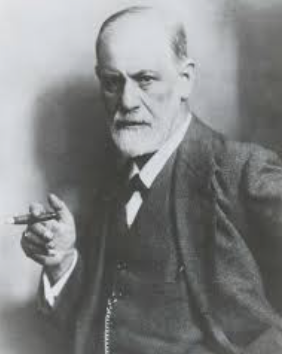
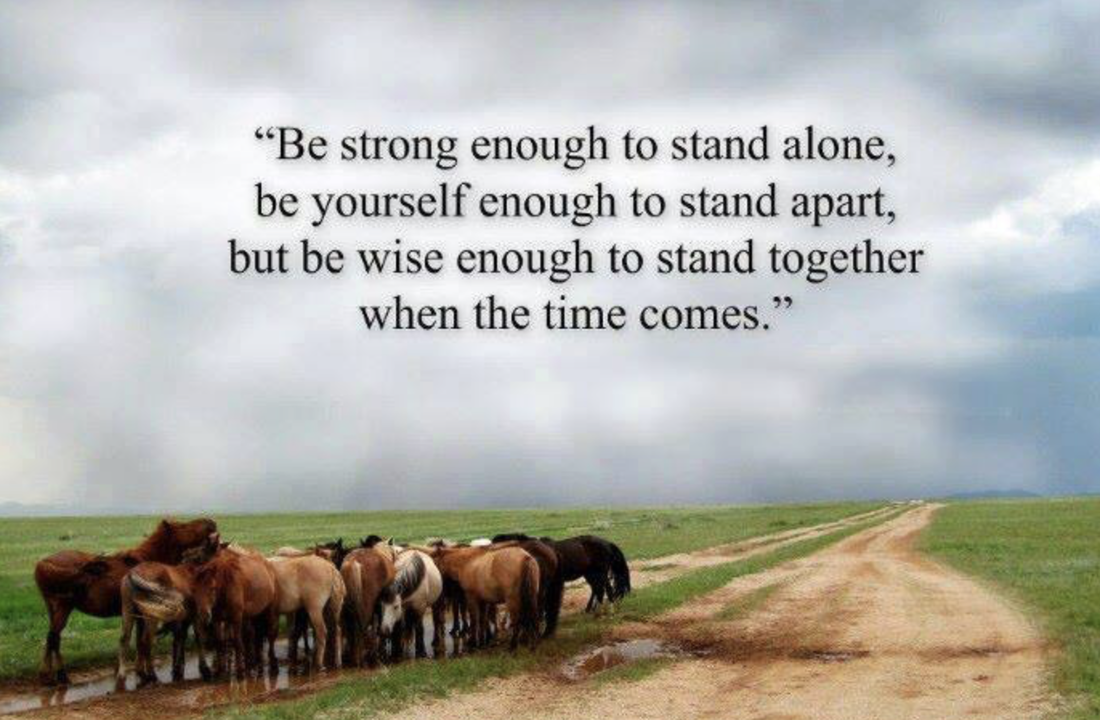
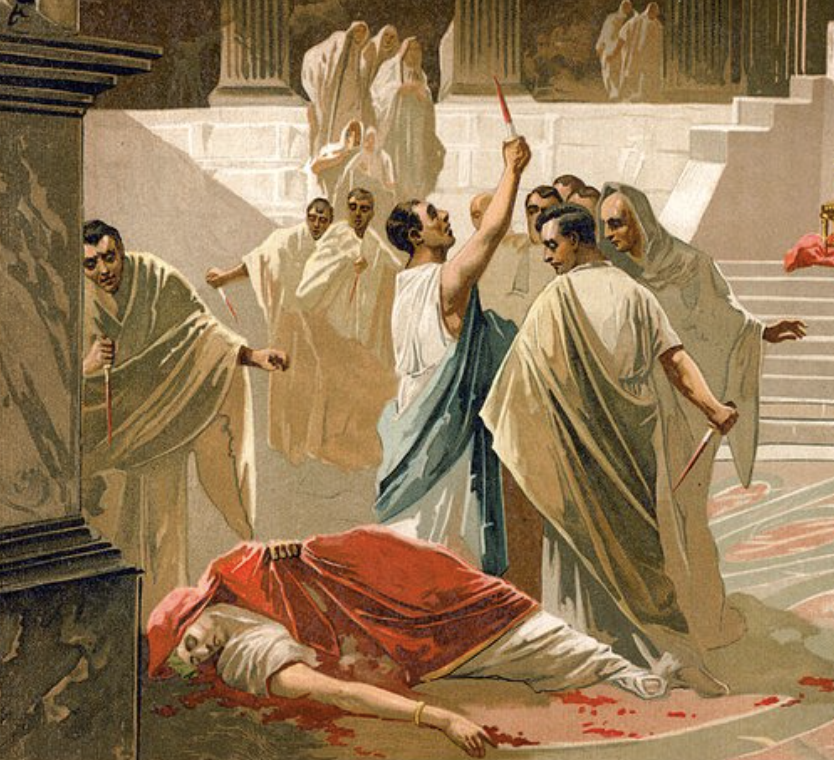





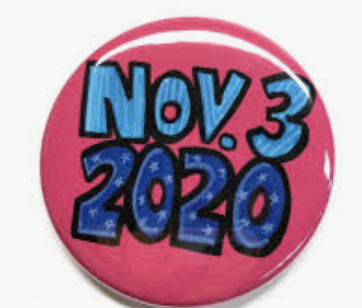


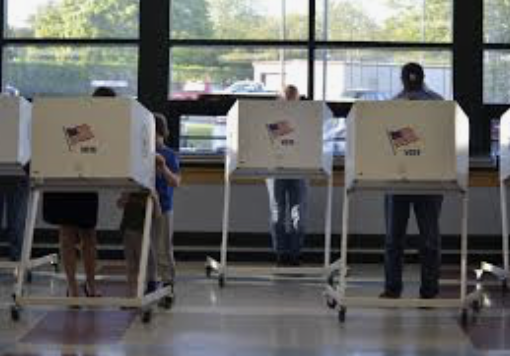

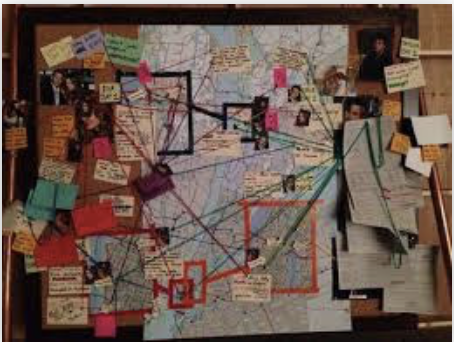
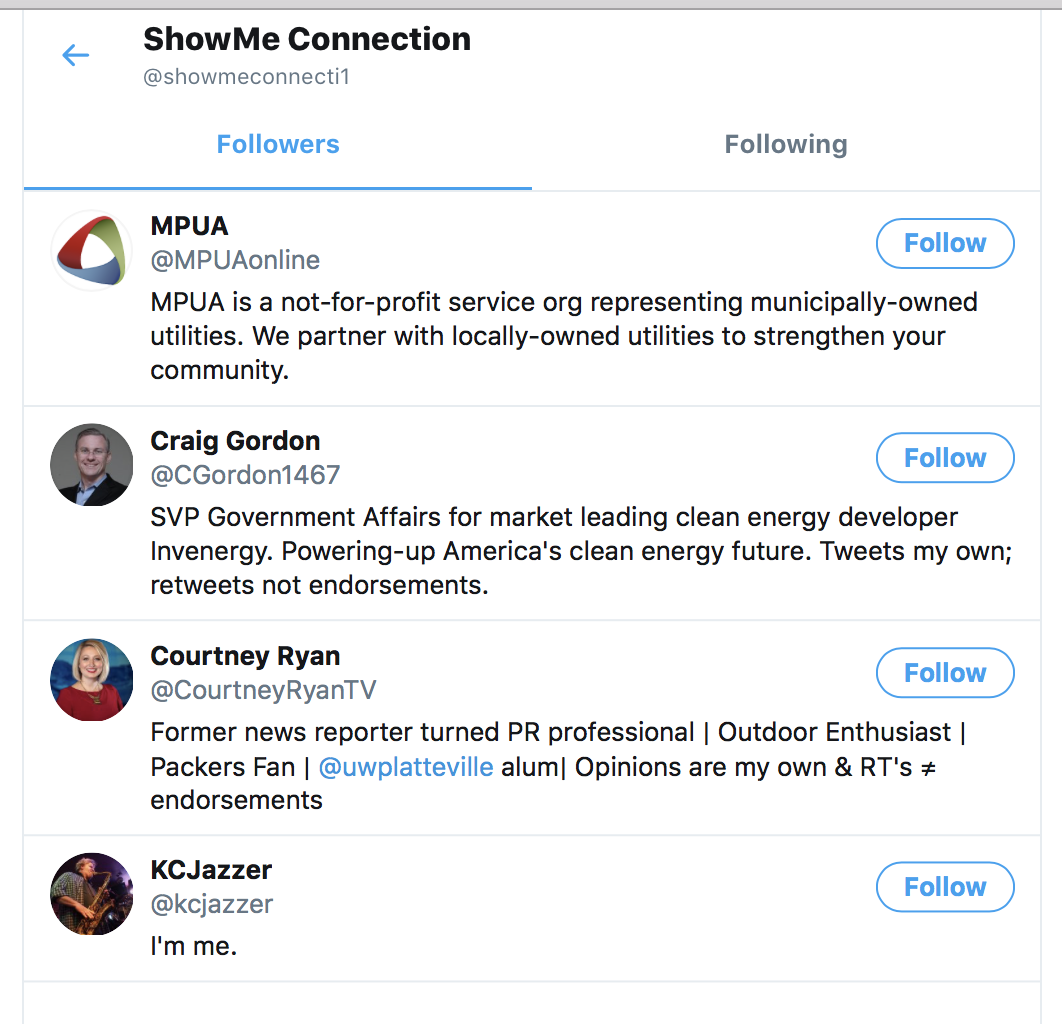
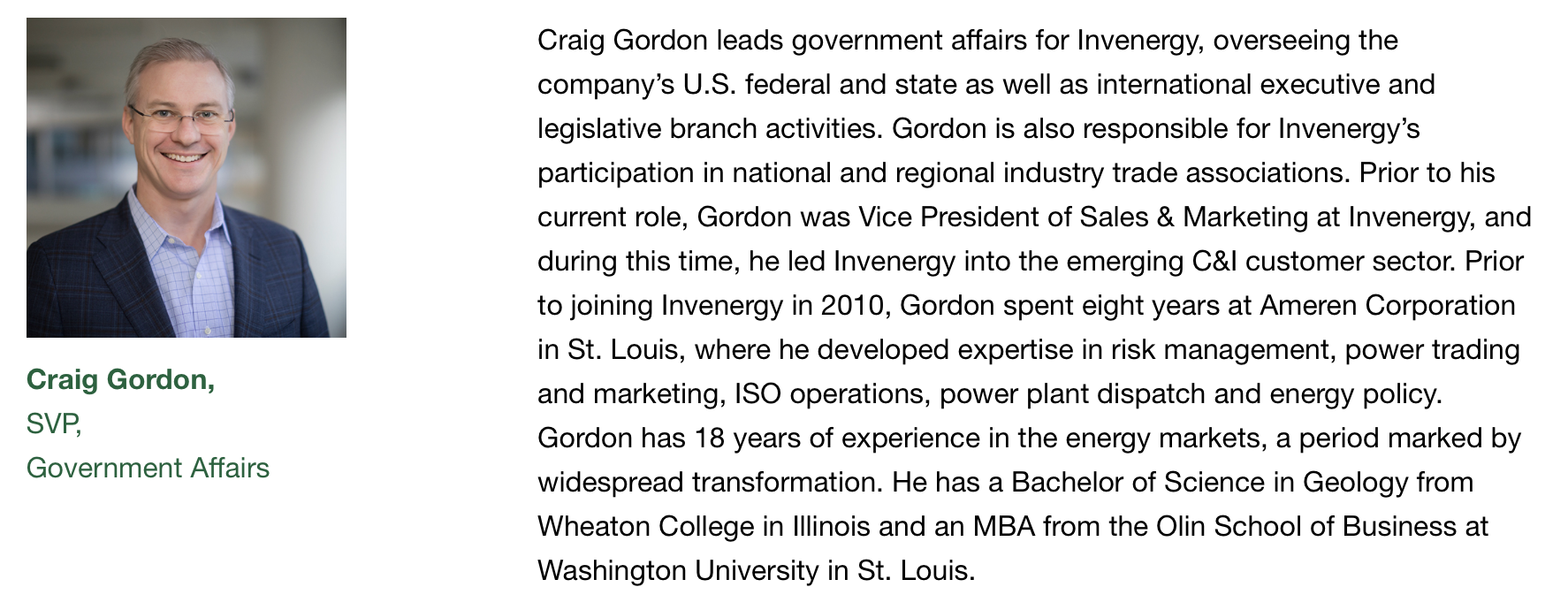
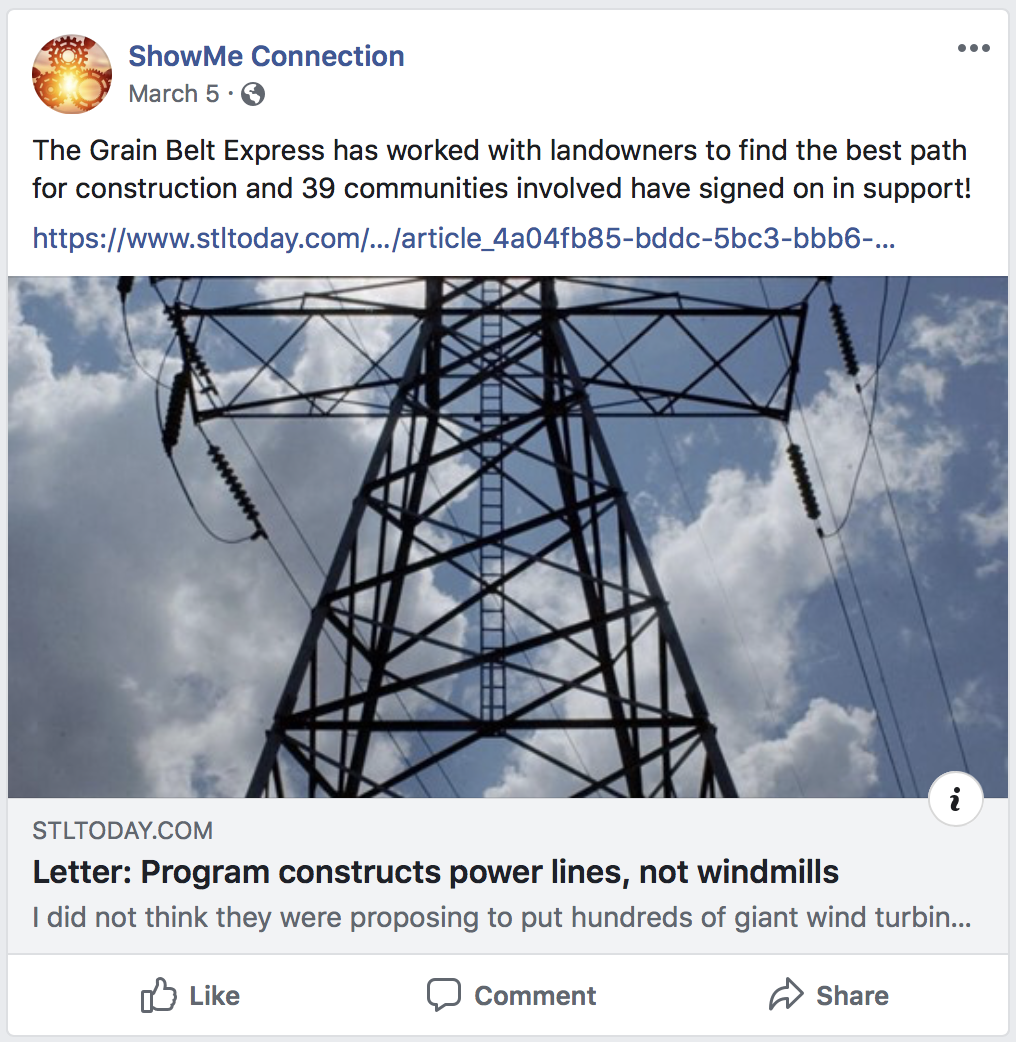
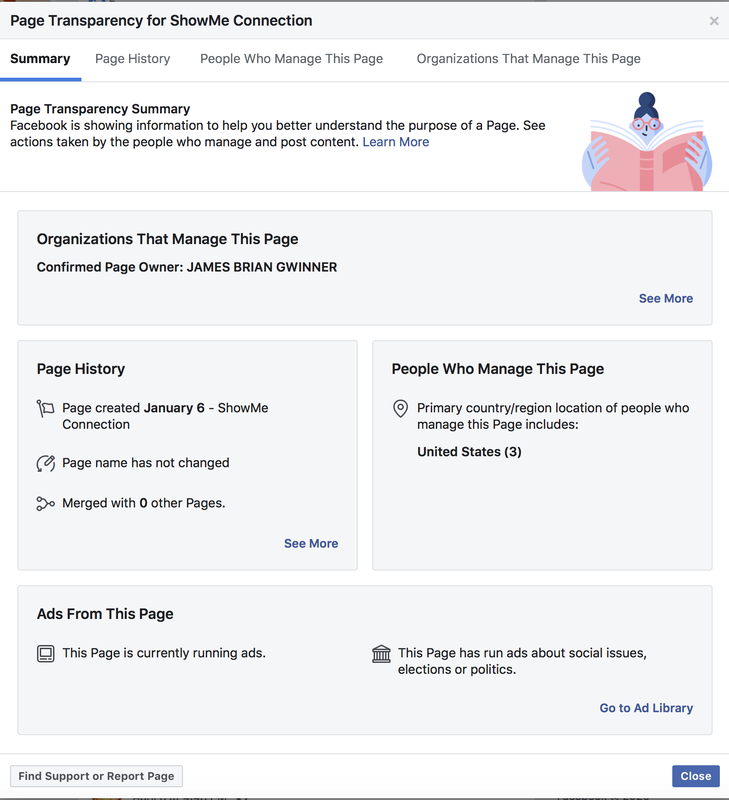
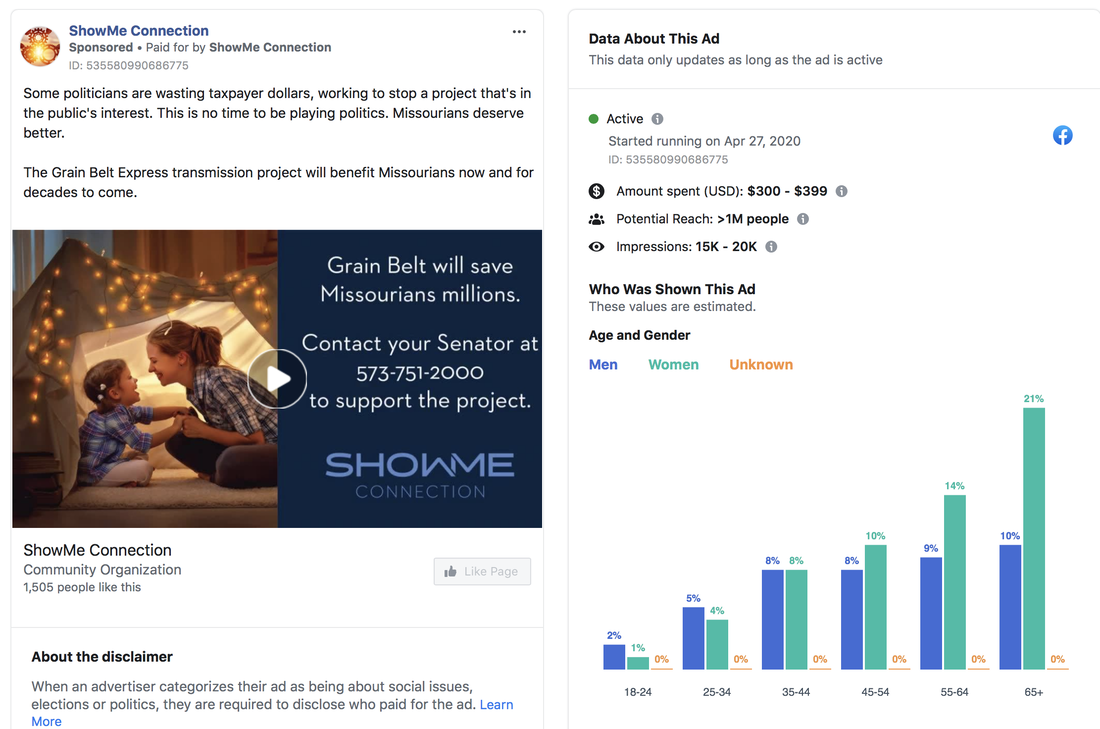
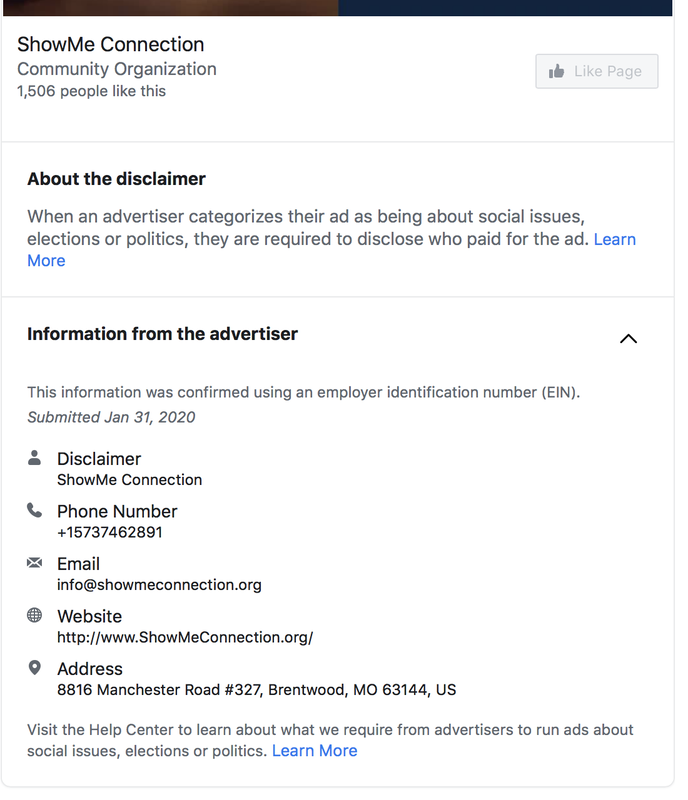
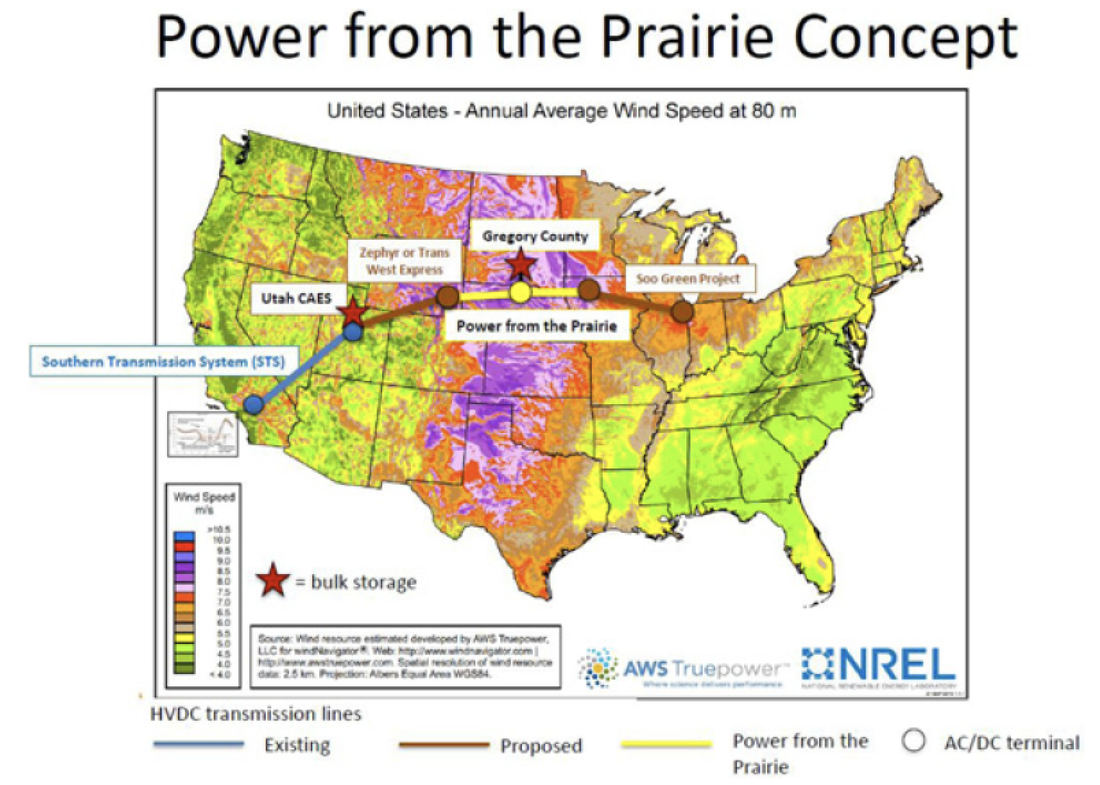
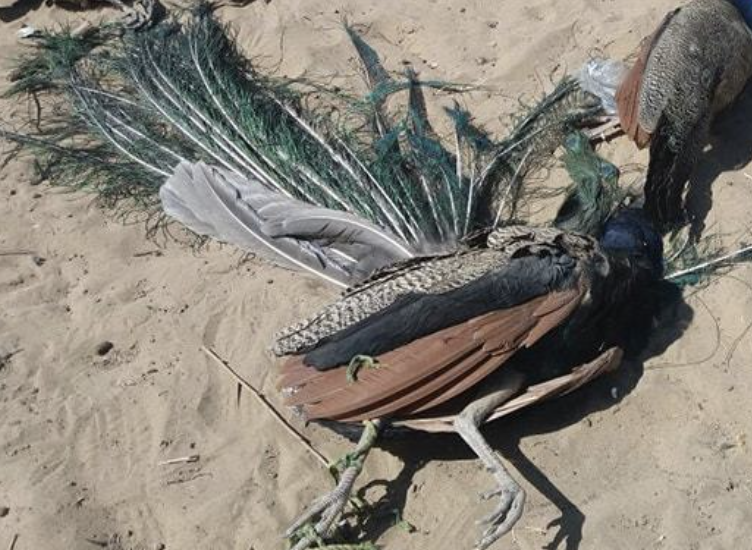

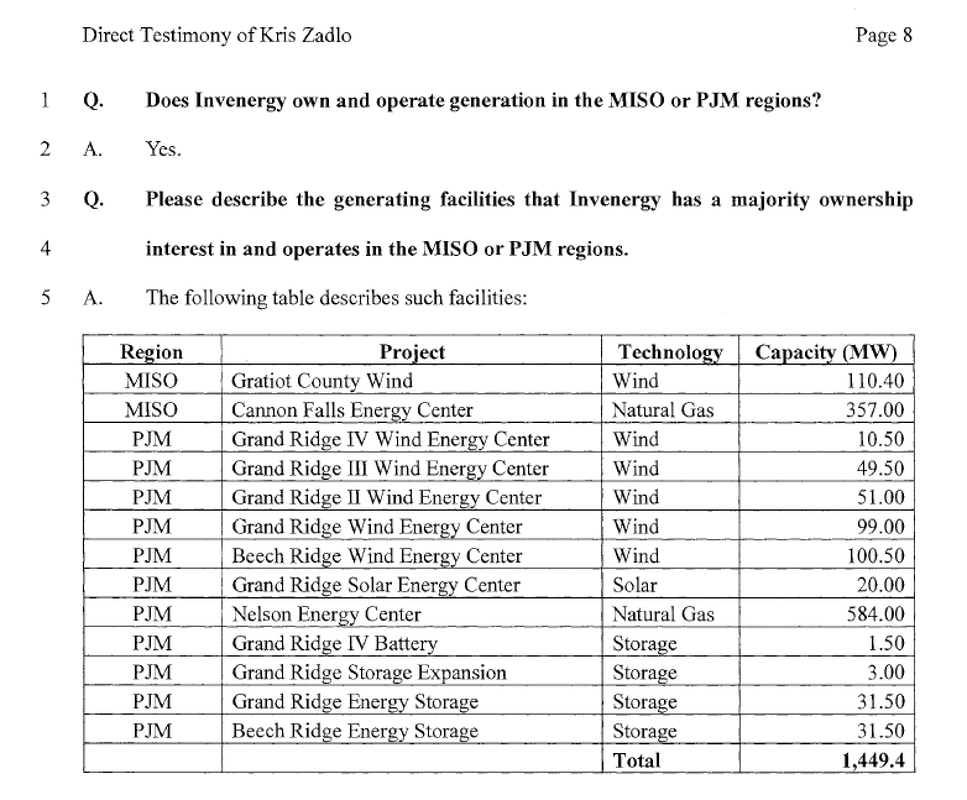
 RSS Feed
RSS Feed